1. Take Your Driver’s Test in Your Own Car
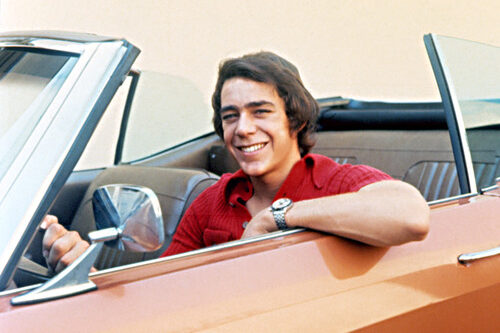
In the ’70s, it was common for people to take their driving test in their own car, rather than a DMV-provided vehicle. It wasn’t just about comfort; it made sense for people who were already familiar with their own vehicle. You’d simply drive to the DMV, and if the examiner agreed, they’d hop in the passenger seat while you showed off your skills. The car you were most comfortable with was suddenly the one that helped you get your license.
Today, that’s no longer the case, as the DMV provides specific vehicles for the test. They do this to ensure the cars meet particular safety standards, making the testing process more uniform. While it seems like a small change, it’s a significant difference in how people experience their first time behind the wheel.
2. Get Your Photo Taken Without Much Prepping
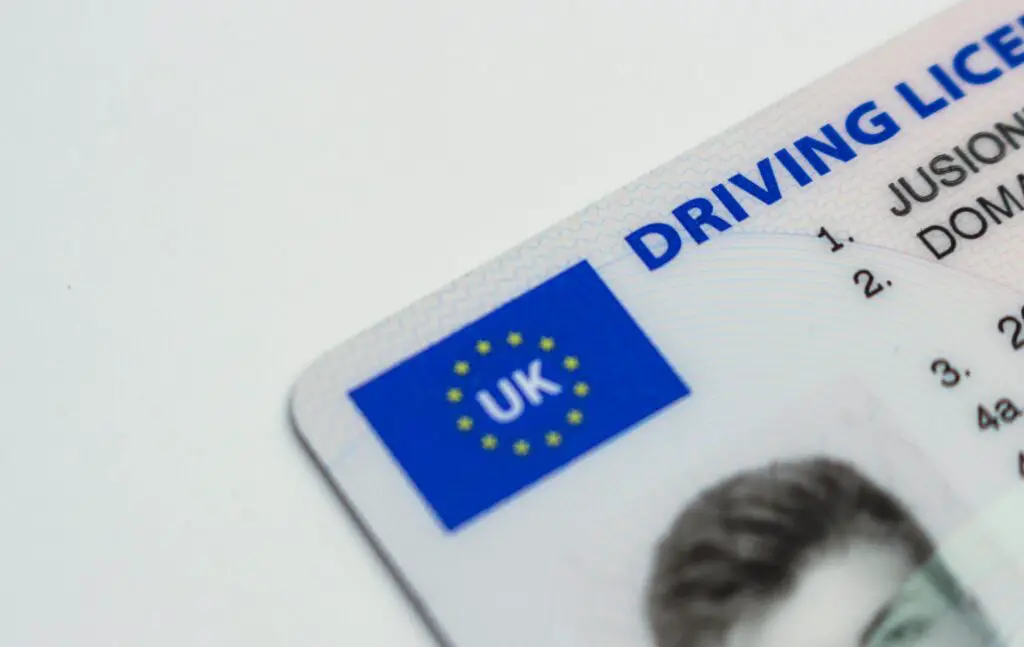
Back in the ’70s, getting your photo for your driver’s license was a relatively simple affair. There was no need for extensive prepping or worrying about lighting, because the photo was taken quickly and sometimes didn’t even look all that flattering. You’d simply walk up, smile (or not), and in a flash, the photo was taken. The focus wasn’t so much on the perfect picture, but more on getting you in and out of there as quickly as possible.
These days, however, taking a driver’s license photo has become a much more involved process. People tend to be more conscious of how they look, and the DMV often has stricter guidelines, such as no smiling or ensuring the background is neutral. As a result, some even end up returning multiple times to get it right, which wasn’t something you had to worry about in the ’70s.
3. Pay for Your License With Cash

In the ’70s, you could pay for your driver’s license renewal with cold, hard cash. It was a straightforward, no-frills transaction that didn’t require anything more than some paper currency or coins. People would line up, hand over their money, and get their license without any complications. It felt like a more personal, tangible exchange compared to what we’re used to today.
Fast-forward to now, and the DMV has embraced digital payments, credit cards, and online renewals. Cash is no longer the default option, as digital payments have become the preferred method. It’s a small but notable change in how we’ve shifted to a more tech-driven society, even for something as traditional as renewing your license.
4. Have a Conversation While Waiting in Line
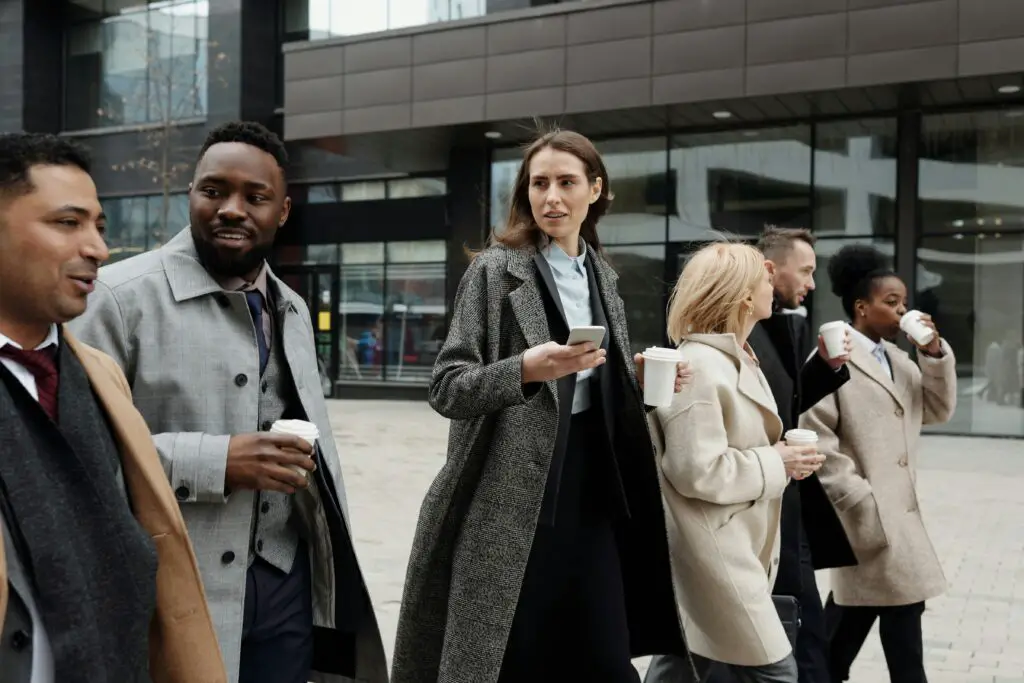
The long lines at the DMV in the ’70s were often seen as an opportunity to chat with others while waiting for your number to be called. People were more patient, and many used the time to socialize, share DMV stories, or even help others who seemed lost in the process. It was a surprisingly social experience considering the setting. You’d often hear someone’s thoughts on the state of driving laws or stories about their first car.
These days, however, most people tend to be glued to their phones while they wait. The vibe at the DMV has shifted from social to solitary. With the advent of smartphones and tablets, it’s not uncommon to see people scrolling through social media or checking emails instead of chatting with others. While it may be more efficient, it certainly makes the DMV feel less personal.
5. Get Your License on the Same Day
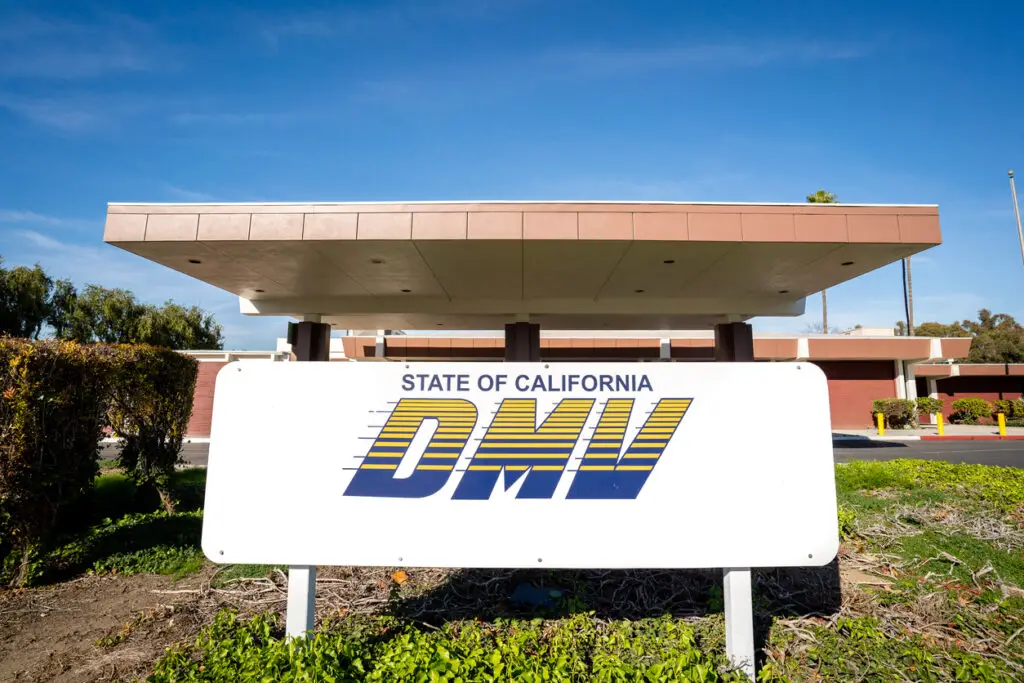
In the ’70s, it was possible to walk into the DMV and leave with your new driver’s license that very same day. You’d complete the written exam, pass your driving test, and receive your license without having to wait for it to arrive in the mail. It was the ultimate sense of accomplishment to have your driver’s license handed to you immediately after passing the test.
Now, it’s rare to receive your license on the spot. Even if you pass the test, you’re usually issued a temporary paper license, with the actual card arriving in the mail weeks later. With the DMV’s increasing use of digital records and security measures, the immediate gratification of a same-day license is a thing of the past.
6. Drive Without an Appointment
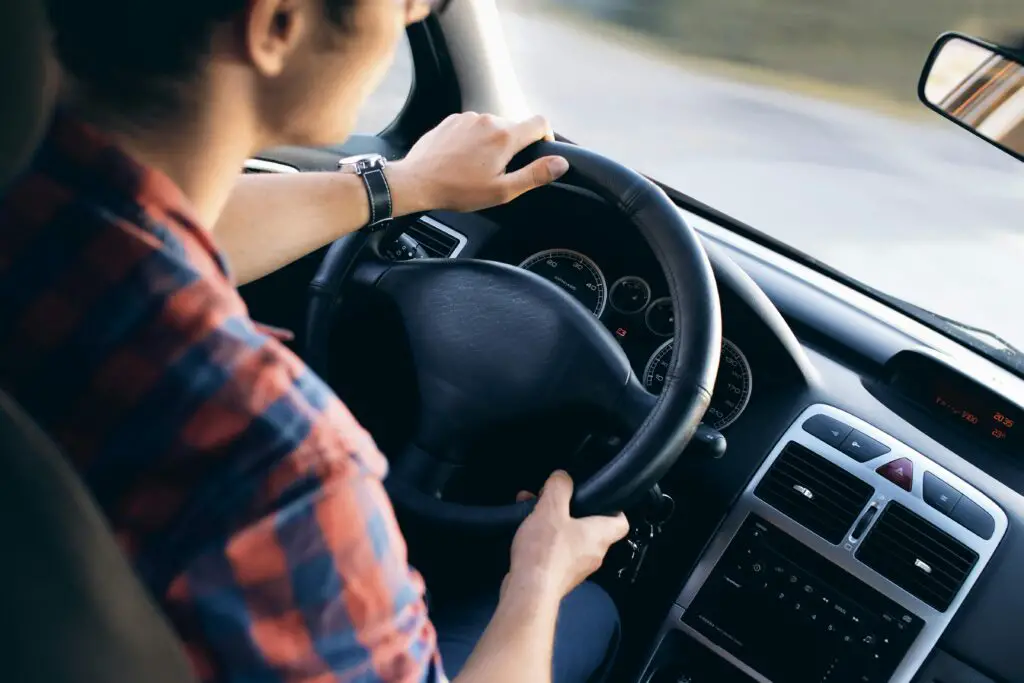
Back in the ’70s, you could simply show up at the DMV and take care of business. Whether you were applying for a license, renewing it, or taking a test, the experience was relatively casual. It wasn’t necessary to schedule an appointment weeks in advance, as the wait time was generally shorter, and the process was more straightforward.
Fast-forward to today, and appointments are now a must for most DMV services. With the increase in population, available time slots are more limited, and many offices operate on a scheduled appointment basis to manage the flow of visitors. Gone are the days of just walking in and hoping for the best.
7. Speak Directly With an Examiner About the Driving Test

In the ’70s, the examiner for your driving test was more accessible. After taking your test, you could often have a face-to-face conversation with them about how you did and what areas you might improve on. It felt like a more personal experience, and many appreciated the direct feedback they could get right away.
Today, however, most DMVs have moved toward a more automated process. After your test, you might not even speak directly with the examiner. Instead, you get your results through an online portal or receive a written notice about your performance, eliminating much of the interaction that was once part of the process.
8. Take the Test Without a Valid ID
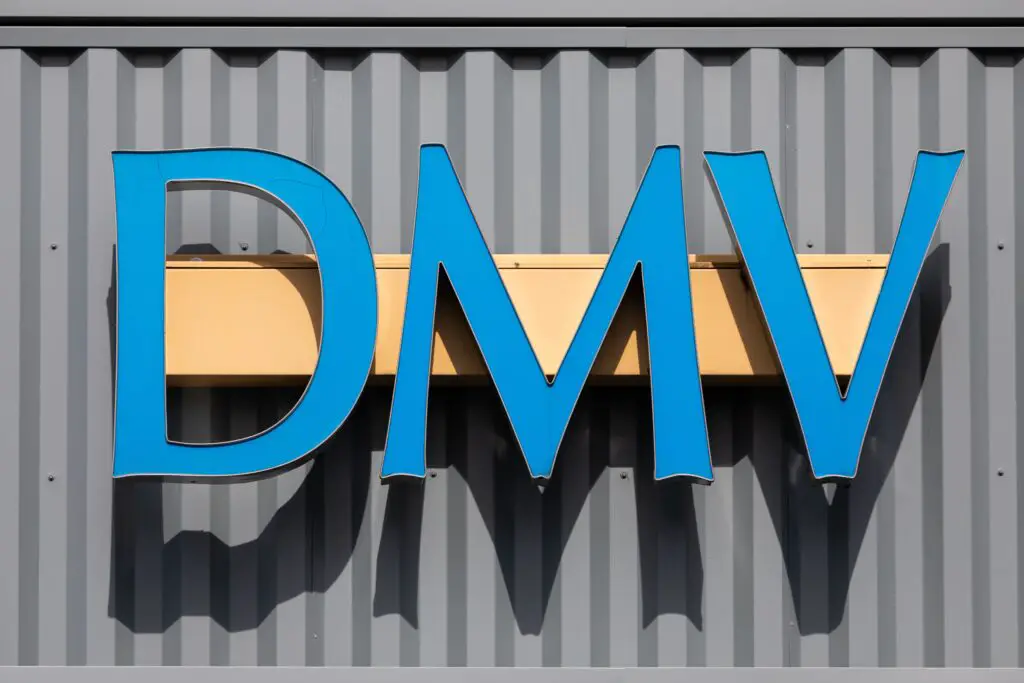
In the ’70s, some DMVs didn’t require extensive identification to take the driving test. You could take your road test without showing proof of address or other documentation that might be required today. As long as you had basic personal information and were able to take the test, you could move forward.
Nowadays, the DMV is far more stringent about ID requirements. They require multiple forms of identification and proof of residency to ensure that you are who you say you are. This process is part of a broader move toward better security and more verification in government systems.
9. Receive a Handwritten License
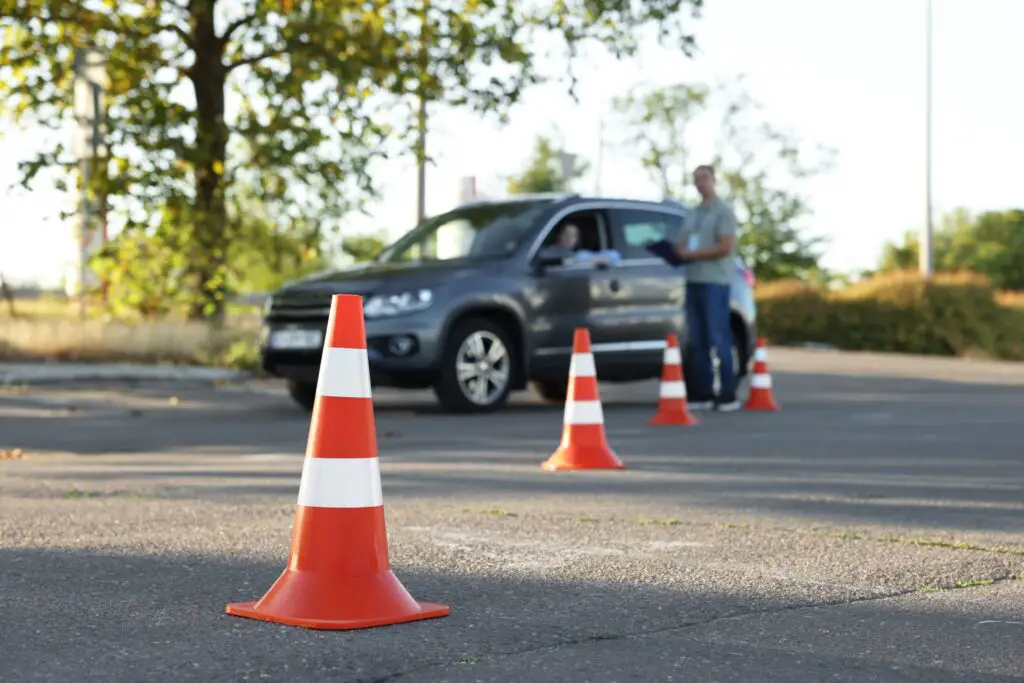
In the ’70s, when you got your new driver’s license, it was often handwritten. The staff would manually fill out your name, address, and other pertinent information on your license. It was a simple and fast process that reflected the technology of the time. People would leave the DMV with a personal, one-of-a-kind license, written in pen on a small piece of cardstock.
Now, driver’s licenses are printed using a machine and include a more standardized, professional look. The use of computerized printing makes the process faster and more uniform, but it also means that handwritten licenses are a thing of the past.
10. Renew Your License by Mail
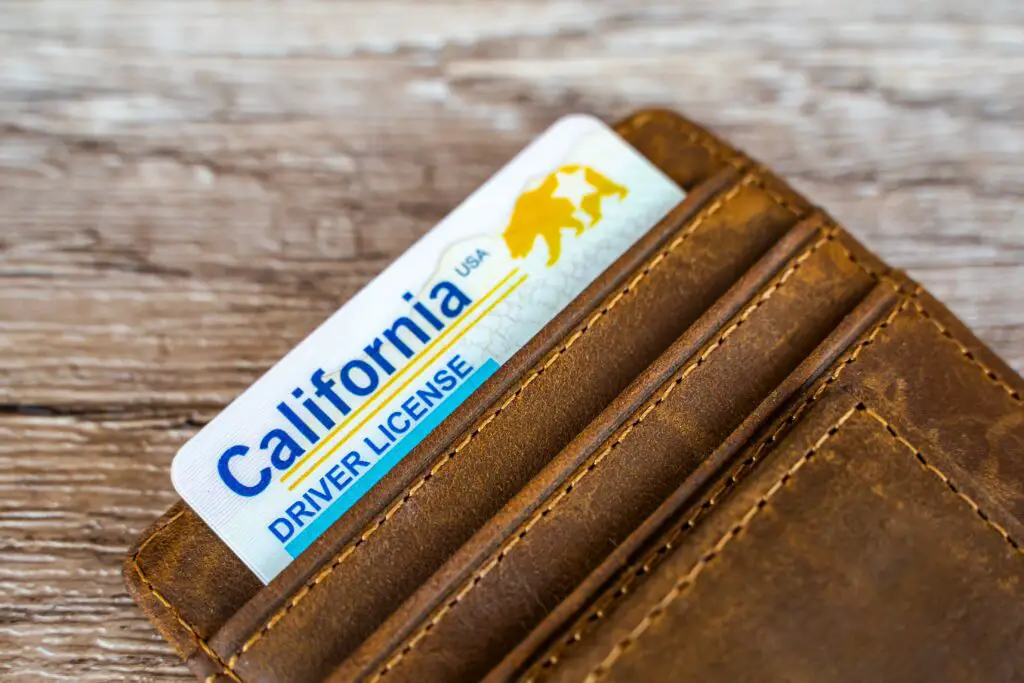
In the ’70s, it was possible to renew your driver’s license by simply mailing in your information. You’d get a notice in the mail, fill out the renewal form, and send it off with your payment. It was an easy process, especially for people who didn’t need to update their picture or other personal information. No waiting in long lines required.
These days, while you can still renew your license online or by mail, many DMVs now require you to appear in person for certain renewals. This is particularly true for new photos or when certain documentation needs to be verified in person. The ease of renewing by mail has slowly been phased out in favor of more secure and efficient digital options.
11. Get a Sticker Instead of a New Card
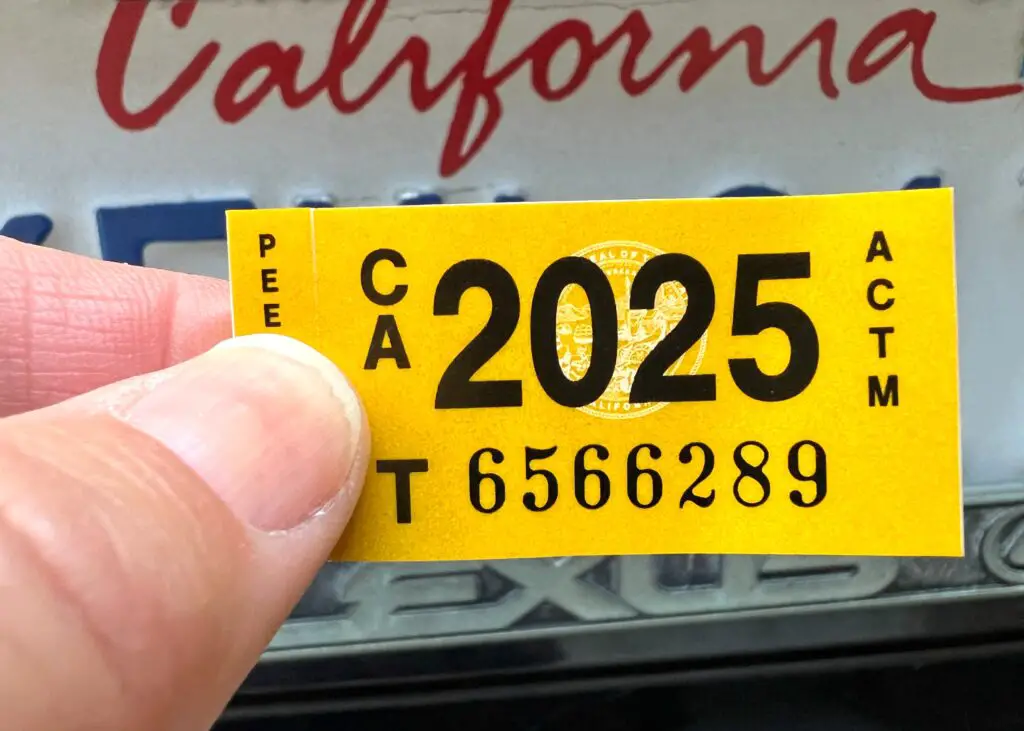
Instead of receiving a completely new driver’s license when your old one expired, many people in the ’70s would simply get a small sticker to place on the back of their current license. This sticker indicated the new expiration date, and it was a quick fix for those who didn’t want to go through the hassle of taking another photo or reapplying.
Today, most DMVs have done away with the sticker method, opting for full replacements instead. This change was made to streamline the process and provide a more secure and uniform identification card that can’t be altered as easily. It’s a small but notable change in how licenses are renewed and updated.
12. Have a Relaxed Atmosphere
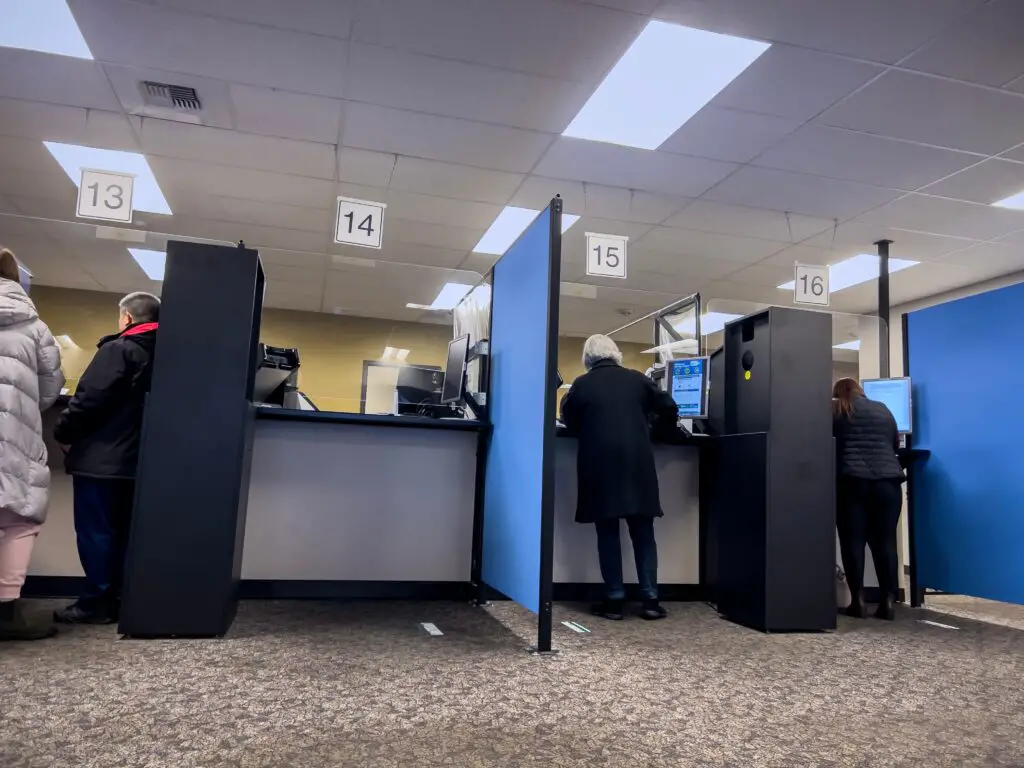
Walking into a DMV in the ’70s was often a more relaxed experience. Sure, it could still be tedious, but the environment was less intense. There weren’t the security measures or the long wait times that people experience now. It was more laid-back, with many people treating the trip as just another errand.
Today’s DMV is a much more stressful environment. With stricter regulations, longer wait times, and a faster-paced, digital world, the atmosphere has changed significantly. While the service itself may be more efficient, it certainly doesn’t have the relaxed vibe that was more common in the past.
